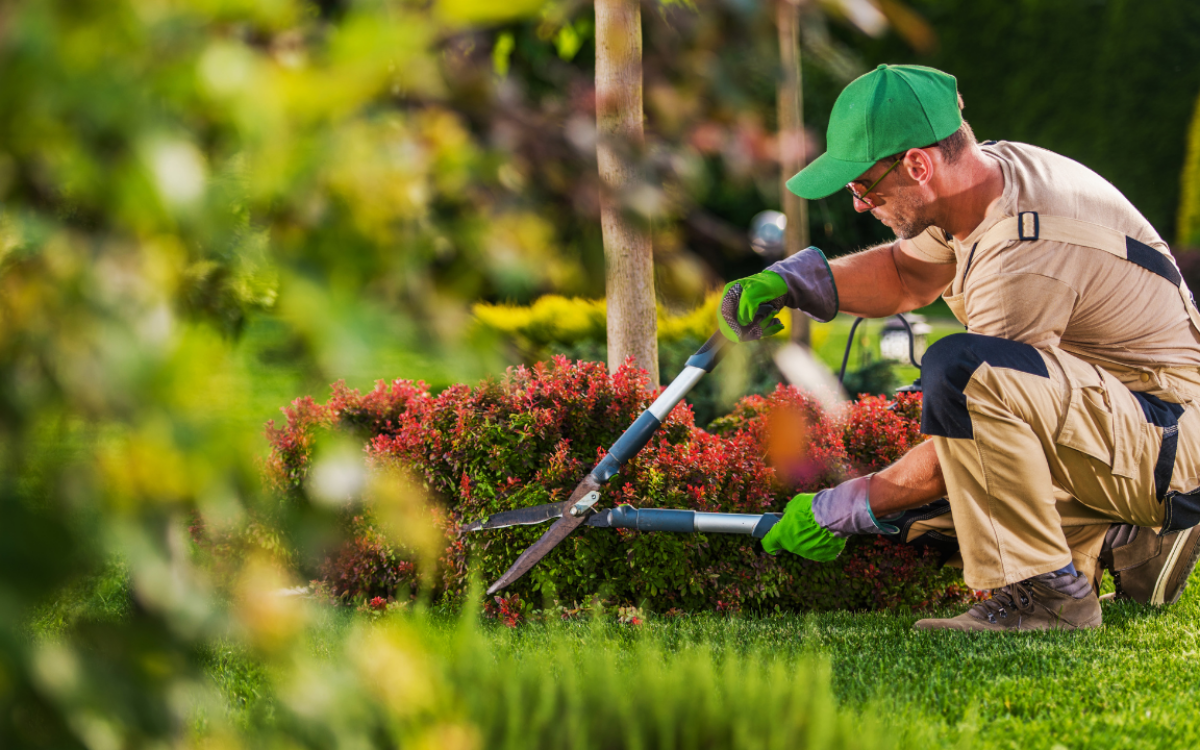Frequent Lawn Disorders together with How to Treat These

A green lawn may be the joy of any homeowner, but maintaining that vibrant landscape is a struggle. Some of the frequent issues that can plague lawns include various diseases that can harm grass well-being and appearance. Starting from undesirable areas to fading blades, grasping these common lawn diseases is crucial for those looking to reach lawn care excellence. Whether you are dealing with cool climate or warm climate grasses, knowing how to recognize and treat these ailments is essential for maintaining your yard looking its best.
This article will explore some of the most common lawn diseases, their causes, and effective solutions to help you restore your grass to its former glory. We’ll discuss practical tips to prevent these issues from occurring in the beginning, as well as approaches for ongoing lawn maintenance. By the finish, you'll be well-equipped to manage your lawn care and cultivate a healthy, blooming yard throughout the seasons.
Understanding Lawn Conditions
Yard conditions can be a significant challenge for gardeners striving to keep a lush lawn. These conditions are often triggered by different pathogens, including funguses, germs, and pathogenic viruses, which thrive in particular ambient settings. Spotting the symptoms of these conditions early can make a critical distinction in effective management and restoration. Common indications encompass color change, wilting, irregular areas, and odd growth trends that can each indicate underlying issues affecting your garden.
The causes leading to yard diseases often originate in lack of upkeep techniques. Too much water, subpar ground health, and insufficient cutting practices can create an environment favorable for disease development. For illustration, high water can lead to mold growth, while compacted ground can hinder grass well-being and make it more vulnerable to diseases. Comprehending the right ratio of watering, feeding, and maintenance is essential in lessening the likelihood of disease.
To successfully handle and prevent lawn conditions, consistent observation and intervention are imperative. Applying https://posteezy.com/best-lawn-maintenance-tools-every-property-owner-must-own like aeration, prompt mowing, and the use of appropriate fertilizers can enhance your lawn's ability to disease. Additionally, knowing the typical conditions specific to your area and their treatment options is vital. By being aware and proactive, you can guarantee your lawn remains a green space, avoiding the issues that diseases can cause.
Preventing Grass Infections
Looking after a thriving lawn is important for preventing sicknesses that can jeopardize its appearance. The primary step in sickness prevention is adequate lawn care, which involves regular mowing, watering, and nourishing. Cut your turf at the suggested height for your particular turf type, and verify your blades are sharp to prevent damaging the grass. Moreover, avoid frequent watering on a schedule; alternatively, water thoroughly and occasionally to stimulate vigorous root growth and lower the chance of fungal growth.
Earth health plays a vital role in sickness stopping. Perform earth tests to assess pH and fertilizer levels, allowing you to adjust the soil suitably. Properly aerated soil enhances water runoff and increases the accessibility of nutrients and oxygen to turf roots. To secure best soil health, consider mixing in organic material or organic matter, which can strengthen earth structure and its ability to resist infections.
Lastly, check your lawn frequently for symptoms of stress, insects, or infection symptoms. Early discovery is key to stopping more major problems. Set up a regular inspection timetable to identify for discoloration, uneven areas, or irregular growth patterns. By quickly tackling even insignificant issues and using cultural methods such as rotation of crops and suitable arrangement, you can foster an setting that lessens sickness occurrence while encouraging a vibrant and thriving grass.
Managing Frequent Yard Conditions

Yard conditions can cause severe destruction to your grass, but grasping their characteristics is the first step in proper treatment. https://rentry.co/cqe2k57e include brown patch, dollar fungus, and powdery fungus. Each disease manifests distinctly, allowing you to diagnose the issue. For brown patch, look for circular brown spots during hot, sticky weather, while dollar spot shows up as little, sunken patches with yellow borders. Powdery mildew has a white powdery look and thrives in dark, moisturized environments.
Treatment begins with proper identification of the disease. For brown patch, improve air circulation by reducing overly much watering and consider using a fungicide specifically designed for this disease. In the case of dollar spot, make sure that you trim regularly and reduce the nitrogen content in your nutrient mix, as excessive nitrogen can aggravate the issue. Powdery mildew can be controlled through sufficient sunlight, cutting back on humidity, and using a mildew treatment if needed.
Preventive measures are key to ensuring your lawn healthy and disease-free. Frequent soil aeration can reduce soil compaction, while appropriate watering techniques help prevent conditions that encourage disease. Using a balanced fertilization plan tailored to your specific grass will strengthen your lawn, making it less susceptible to diseases. Keeping track of your grass's overall health and addressing any issues early will ensure a healthy, lush green grass all year round.
